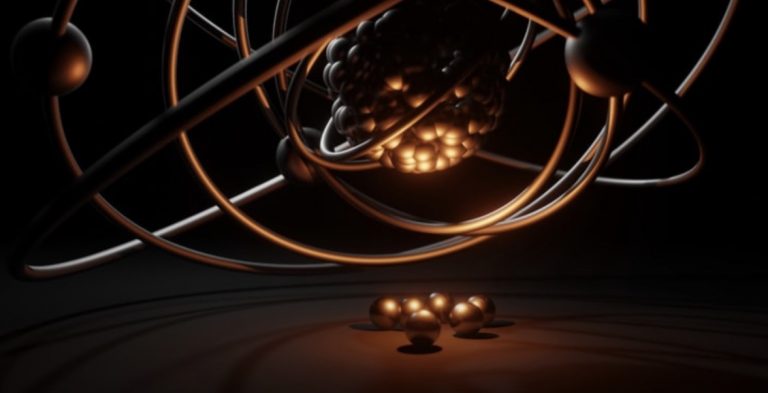Concept art styles
Concept art is that stage of work when the idea described in words must be visually realized by the artist. In other words, draw or model. Quick sketches allow you to consider different options and cut off unpromising solutions at the earliest stages of production (pre-production) and determine which direction should be developed. The selected sketches will then be worked out, detailed and put into production concept art studio.
Even though we’re willing to gamble, absolutely there’s nothing on the planet, unless it was computer art, that could ever give you a real monster! (Ancient Asian mysticism is an exception.)
A concept designer’s primary responsibility will be to formulate hypotheses and incorporate one another first into the story to produce a digital product. Concept artists create such notions alone in an array of genres and formats in addition to enhancing the story.
Concept art is used in many areas of visual art: the film industry, animation, game development, advertising, comics, and so on. It helps developers to form and visualize an idea in the shortest possible time. Often, in order to create the desired image, the development of the same character, object or location is entrusted to different artists.
This work is carried out at the very beginning of the project. But it is at this stage that images are created, which, thanks to the work of the rest of the team, come to life on the screen. The better the concept understands its tasks and owns the necessary tools, the more in demand it becomes. Thus getting the opportunity to take part in major international projects.
Character concept. An artist working in this direction searches for a visual image of the hero. He needs to reflect the character and emotions of the character, think over his costume and characteristic poses. This is true both for children’s cartoons and for Hollywood blockbusters and AAA games.
Environment concept. Here, the artist is faced with the task of both creating individual interiors or buildings, and thinking over entire locations (city blocks, islands, dungeons, castles, etc.). In addition, the most important part of the development of the environment is working with lighting and color. With the help of which the atmosphere and mood of the picture is created.
Technology design. This direction is typical, first of all, for the SCI-FI setting. The artist is required to have a very good understanding of the arrangement of vehicles and weapons, knowledge of perspective, and, as a rule, mastery of 3D.
Props design. Often this is the work that is entrusted to less experienced concept artists on large projects.
Separately, I would like to highlight such a stage of the animation pipeline as a storyboard. Before you start shooting a movie, you need to make a storyboard – small sketches of each scene, giving a general idea of the movement of the camera, planning, and the location of the characters on the screen. Something like comics. Sometimes the directors do it themselves, but more often the work is done by an individual artist. Info more here https://kevurugames.com/game-animation/2d-animation-services/
Theoretically, one specialist can do all this, but this requires just a colossal amount of knowledge and skills. Therefore, much more often one artist works with one or two directions.
It is worth noting that the requirements for detailing and the degree of elaboration of the concept in different industries are different. More work is often done on game concepts, because the game has the ability to consider a character, location or weapon, not limited to screen time. In cinema, the result of an artist’s hard work can take only a dozen frames.

0 Comments